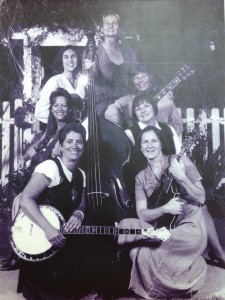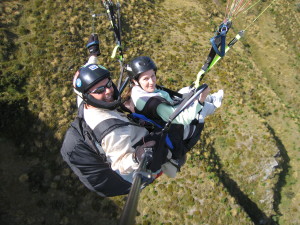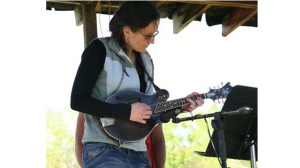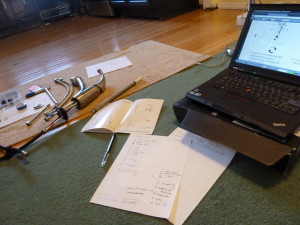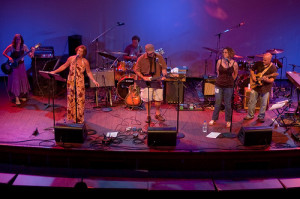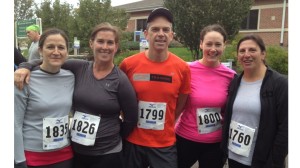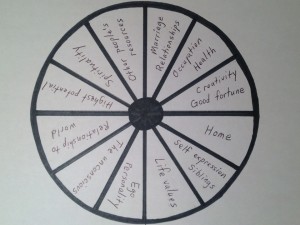 One week after purchasing a used vehicle I received an advertisement from the dealership’s Internet team asking me to check out the inventory of their brand new Phillipsburg lot so I could test drive and purchase a used vehicle. I had just handed over thousands of dollars to them. This disconnect between the dealer’s Internet and offline marketing & sales functions really put me off from a personal perspective.
One week after purchasing a used vehicle I received an advertisement from the dealership’s Internet team asking me to check out the inventory of their brand new Phillipsburg lot so I could test drive and purchase a used vehicle. I had just handed over thousands of dollars to them. This disconnect between the dealer’s Internet and offline marketing & sales functions really put me off from a personal perspective.
But from the perspective of the rebeccArtful experiment, I was intrigued. Web analytics provides the data needed to integrate a business’ online communication with more traditional offline methods, including TV, print, radio, and face-to-face meetings. But even if companies have the ability to collect data, do they know what to do with it? This car dealership doesn’t appear to get it. Their people aren’t communicating. And they are also very possibly clinging to erroneous perceptions of customer behavior. I conducted research on their website during the same time period I negotiated with the sales consultant on the phone and face-to-face.
In his book Web Analytics 2.0, web analyst Avinash Kaushik explains “we no longer live in a world that differentiates offline marketing from online marketing; we live in a world of nonline marketing (a phrase coined by David Hughes).” Today, customer decisions are made using a combination of methods. For example, a person reads an article about a product in a trade magazine, conducts research on the Internet, goes to a store to handle various products, returns to the Internet to compare pricing, then returns to a store for final questions with a sales consultant and makes a purchase. Companies need to figure out how to use information accrued from numerous channels. A shift to the nonline marketing model “goes against the grain of everything we have been taught so far; it messes with our comfort level,” says Kaushik.

